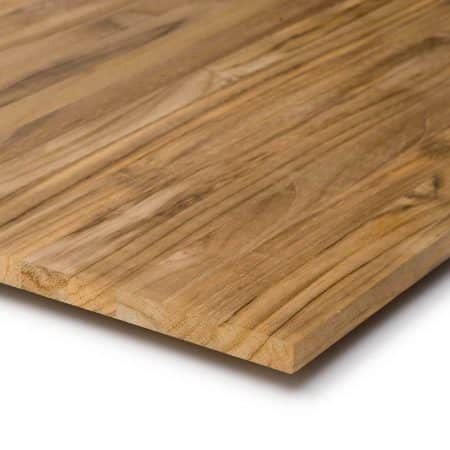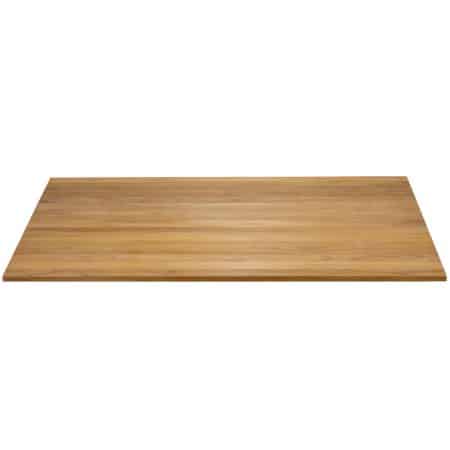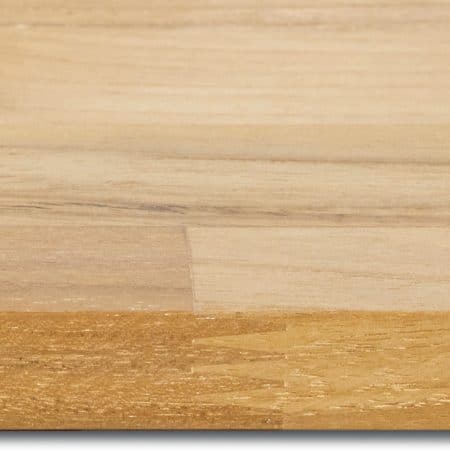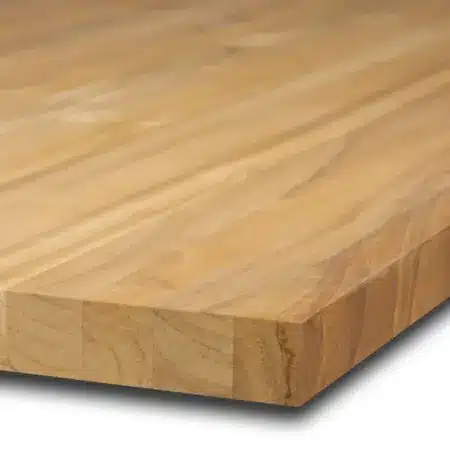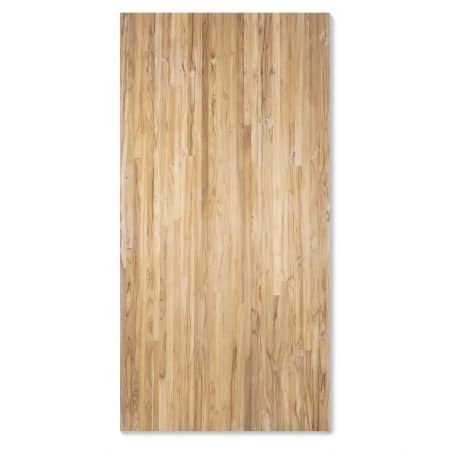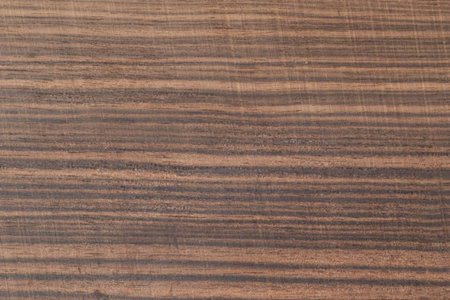
| Origin | Africa, Central and South America |
| bulk density | 0,9 g / cm³ |
| durability class | not in DIN-EN 350-2 |
| Compressive strength | 60-70 N/mm² |
| flexural strength | 100-120 N/mm² |
| wood color | black-brown |
| wood structure | fine to medium-sized pore |
| Usage | Grips, game pieces, billiard cues, musical instruments, veneer |
Ebony, from selected Diospyros species, is one of the exquisite hardwoods. It is heavy, hard and highly prized for its mostly black or striped heartwood. Native primarily to tropical regions, color-streaked and black ebony are exotic rarities due to their limited distribution. Historically they were viewed as valuable trade goods. The density varies between 0,9 and 1,3 kg/dm³ depending on the variety. The yellow-gray sapwood, which makes up up to 70% of the trunk, is considered inferior and is often removed directly at the felling site. Ebony, without visible annual rings, is particularly hard and valuable. It is used in high-quality furniture, art objects and musical instruments. It is worth noting that ebony is on the CITES list endangered species of wood, which regulates its sustainable preservation and trade. During processing, grinding dust is produced which can cause irritation to the skin, eyes and respiratory tract.
Ebony, due to its exquisite properties, poses challenges when drying. Due to the low initial moisture content, drying is initially moderate, but becomes extremely slow from air-dry to room-dry. High shrinkage values, density and slow internal drying can lead to severe cracks. Sealing or delaying surface drying is advisable for pre-dried parts. In terms of natural durability against wood-destroying fungi and insects, the heartwood generally performs very well. The limited quantities and dimensions available are used primarily in arts and crafts, from carvings to wind instruments. In mythology, ebony is often attributed with magical properties and is used in the making of wands, knitting needles, and as a decorative veneer. Snow White's black hair was legendarily associated with the color of ebony.


